Description
BIOWORMA
BioWorma® contains the spores of Duddingtonia flagrans, a natural fungus found in soil and on pasture. It is a non-chemical biological control for the free-living stages of parasitic gastrointestinal nematodes of grazing animals, which acts by substantially reducing the numbers of infective worm larvae (including chemical/multi-resistant larvae) emerging from manure onto pasture.
NATURAL BIOLOGICAL CONTROL TO REDUCE INFECTIVE NEMATODE LARVAE WITHIN THE MANURE OF GRAZING ANIMALS
PRESENTATION: Grey to brown free flowing fine meal.
ACTIVE CONSTITUENTS: Each gram contains: a minimum of 500,000 chlamydospores of Duddingtonia flagrans IAH 1297.
When fed to animals, the thick-walled spores remain inert (having no effect within the host animal) and resist digestion, passing through into the manure. There they germinate and form trapping organs that capture, paralyse and consume emerging worm larvae (including chemical/multi-resistant larvae), interrupting the crucial reinfestation stage of the parasites’ life cycle, thus reducing the amount of re-infection on the pasture. The spores are safe, non-toxic and residue-free. There are no negative effects on non-target soil nematodes, earthworms, microarthropods etc.
Biological control with Duddingtonia flagrans is applicable to the larvae of: SEE LABEL FOR FULL LIST
Sheep & Goats: Barber’s Pole Worm or Wire Worm (Haemonchus spp.), Black Scour Worm or Hair Worm (Trichostrongylus spp.), Brown Stomach Worm (Teladosagia (Ostertagia) spp.), Nodule Worm (Oesophagostomum spp.), Thin-necked Intestinal Worm (Nematodirus spp.) and Hookworm (Bunostomum spp).
Cattle: Barber’s Pole Worm or Wire Worm (Haemonchus spp.), Brown Stomach Worm (Ostertagia spp.), Black Scour Worm or Hair Worm (Trichostrongylus spp.), Hookworm (Bunostomum spp.), Intestinal Worm (Cooperia spp.), Thinnecked Intestinal Worm (Nematodirus spp.), Nodule Worm (Oesophagostomum spp.).
Horses: Large strongyles (large red worms), including Strongylus spp., Triodontophorus spp. and Oesophagodontus spp., small strongyles (small red worms or cyathostomes), including Cyathostomum spp., Cylicocyclus spp. and Cylicostephanus spp., Stomach Hair Worm (Trichostrongylus axei), Ascarids (Parascaris equorum), Threadworms (Strongyloides westeri) and Pinworms (Oxyuris equi).
Other grazing animals: including Deer, Alpacas and zoo animals
DIRECTIONS FOR USE
Dosage and Administration: Dose BioWorma® according to bodyweight.
- For best results, treat animals with a suitable chemical wormer/anthelmintic.
- Ideally, where possible, move the treated animals onto low worm pasture (that is, pasture that has not been grazed by the same animal species for a minimum 6 weeks).
- The most worm susceptible are young animals (from 3 months up to 18-24 months of age) and periparturient females (last month of pregnancy and while producing milk) as they are the most likely to have less resistance to worm infestation due to low immunity. Pasture contamination by adult stock, even with low faecal egg counts (FEC), should not be underestimated considering the volume of faecal material they place on pasture.
- Commence daily feeding of BioWorma® to minimise pasture infectivity and maintain the animal’s low worm status. The product will not reduce pre-existing larval pasture contamination. Thoroughly mix BioWorma® with feed or feed supplements.
- BioWorma® will begin to work immediately within the manure of treated animals, and for best results may be fed continuously when climatic conditions are conducive to BioWorma® and parasitic nematode activity.
- BioWorma® is recommended for strategic use during periods when weather conditions are conducive to larval development and transmission onto pasture at temperatures above 5° Celsius (40° Fahrenheit).
- Use in conjunction with a recommended worm management strategy for your area by contacting your Veterinarian, Animal Health Advisor or Government Advisory groups for a strategic Integrated Parasite Management (IPM) plan. It is important to consider the principles of refugia.
- Faecal egg counts (FECs) may be useful to monitor the effectiveness of the worm management strategy. Other options may include faecal egg count reduction test (FECRT) and/or identifying worm species by using faecal larval cultures (FLC).
For oral administration. The required amount of BioWorma® should be thoroughly mixed into feed, supplements, premixes, concentrates or loose mixes. See datasheet for daily feeding rates.
Duddingtonia flagrans (the active ingredient in BioWorma®) reduces the number of gastrointestinal nematodes (GIN) larvae on pasture, which is significantly greater than a chemical wormer can do within the animal (overall averages below):
84% – HORSES | 81% – CATTLE | 86% – GOATS | 68% – SHEEP
Studies conducted by International Animal Health Products Pty Ltd
WITHHOLDING PERIODS:
MEAT: Zero (0) days,
MILK: Zero (0) days.
To learn more about International Animal Health or to view all products available in their range click here.
***PRESCRIPTION REQUIRED***
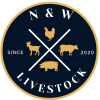



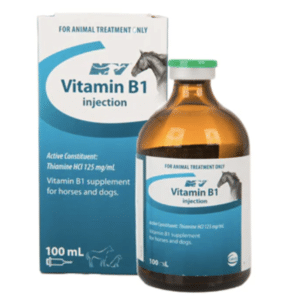
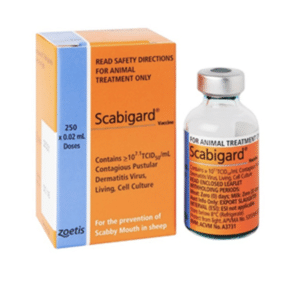
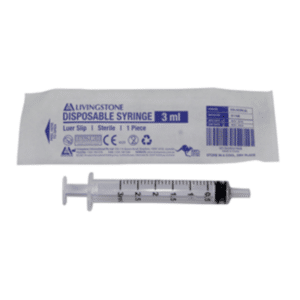
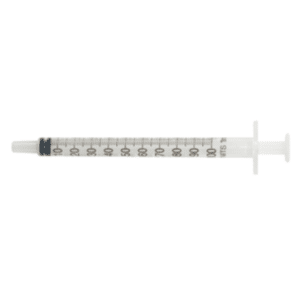

Reviews
There are no reviews yet.